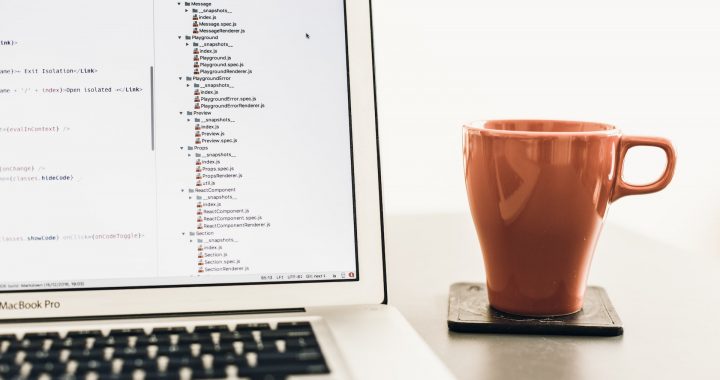How To Get Started With Peruvian Spanish
4 min read
Peruvian Spanish is the dialect of Spanish spoken in Peru. It has characteristics that distinguish it from other varieties of Spanish, making it a unique and interesting language to learn. If you want to get started with Peruvian Spanish, there are some important steps you should take.
Understanding the Basics of Peruvian Spanish: A Guide for Beginners
Peruvian Spanish is a unique dialect spoken throughout Peru. To help beginners understand this complex language, it is important to familiarize yourself with the basics.
One of the most noticeable characteristics of Peruvian Spanish is their distinct accent. Most people in Peru speak with a soft accent that emphasizes certain syllables, giving their words an almost musical quality. Additionally, they often drop the letter ‘s’ from words and replace it with an ‘h’ sound, a unique feature of Peruvian Spanish.
Another important feature of Peruvian Spanish is their use of slang terms. These terms are used as everyday conversation and can be confusing to those not familiar with the language. Examples of common slang terms include ‘dale’, meaning ‘let’s go’, and ‘¿que onda?’, meaning ‘what’s up?’
Peruvian Spanish also has many distinct verb forms that are different from other variants of Spanish. For example, the verb ‘ir’ (to go) is irregular in Peruvian Spanish, and changes to ‘yar’ instead of the usual ‘ir’. Additionally, some verbs will change their ending depending on the subject. For example, the verb ‘ser’ changes its form for singular persons in the present tense: ‘soy’ for I, ‘sos’ for you, and ‘es’ for he/she.
Finally, Peruvian Spanish has some unique vocabulary words that are not found in other dialects of Spanish. Examples include ‘chicharrón’ (fried pork rinds) and ‘alpaca’ (a type of camelid that is native to Peru).
By understanding the basics of Peruvian Spanish, beginners can gain a better appreciation for the language. Being aware of its accent, slang terms, verb forms and vocabulary will help make conversations in this dialect easier to understand. With some practice, anyone can begin to pick up on the nuances of Peruvian Spanish and be able to communicate effectively with native speakers.
Peru: Language And Culture
Peru is a culturally and linguistically diverse country. Its official language is Spanish, but there are many other languages spoken throughout the nation. Quechua, Aymara and various Indigenous languages are still spoken today, as well as some non-indigenous languages such as Chinese and German. English has also gained importance in recent years due to the increasing number of visitors from English-speaking countries.
Peruvian culture is heavily influenced by its indigenous heritage, with many ancient traditions and customs still practiced today. Music, dance, and art are incredibly important aspects of Peruvian culture, and festivals such as Inti Raymi (an Inca festival marked by traditional dances) are popular throughout the country. Religion also plays an important role in Peruvian culture, with Catholicism being the predominant faith.
Peru is a fascinating place filled with a rich cultural heritage and a diverse array of languages and dialects. Whether you’re looking to learn Spanish or explore Peru’s Indigenous cultures, there are plenty of opportunities to immerse yourself in this amazing country. From its vibrant cities to its remote villages, Peru offers something for everyone. With its mix of cultures and languages, it is sure to be an unforgettable experience!
Peruvian Spanish
Peruvian Spanish is a vibrant variant of the language spoken by more than 23 million people in Peru. It has its distinctive characteristics, which are particularly evident in pronunciation, vocabulary, and grammar. Peruvian Spanish includes some unique words and expressions, such as “huaracino” for friend or buddy, “chévere” for cool or awesome, and “bacán” for excellent. In addition, the pronunciation of certain words is unique to Peruvian Spanish – for example, the double “l” in “calle” is pronounced like a “y” sound instead, and the terminal “s” in words like “buenos días” is dropped completely. Peruvian Spanish also has its regional grammar, such as the use of the “se” for the third-person singular pronoun. In some areas of Peru, the suffixes “-azo” and “-ón” are added to verbs to intensify the meaning, and in some coastal regions it is common to use “vos” instead of “tú.” As a result, learning Peruvian Spanish can be quite a challenge! However, with practice and patience, anyone can pick up the language and experience its unique charm firsthand.
The Essential Vocabulary You Need to Start Speaking Peruvian Spanish
Getting to know the essential vocabulary of Peruvian Spanish language translation services is a great way to start your journey into speaking this beautiful language. There are some unique terms and phrases that are specific to Peru, so if you want to sound like a local, it’s important to learn them.
One example of a term you will hear often in Peru is “pollería”, which means a place to get deep-fried chicken and other snacks. You may also come across “chifa”, which is the word for Chinese food.
Another important term is “bodegón”. This refers to an informal restaurant or diner where you can get some traditional Peruvian dishes.
You should also be familiar with terms like “picar”, which means to eat snacks between meals, and “chicha”, a type of beer brewed from fermented corn.
Finally, you may hear the term “guagua” when talking about buses or taxis.
These are just a few of the words and phrases you need to know if you want to start speaking Peruvian Spanish.



